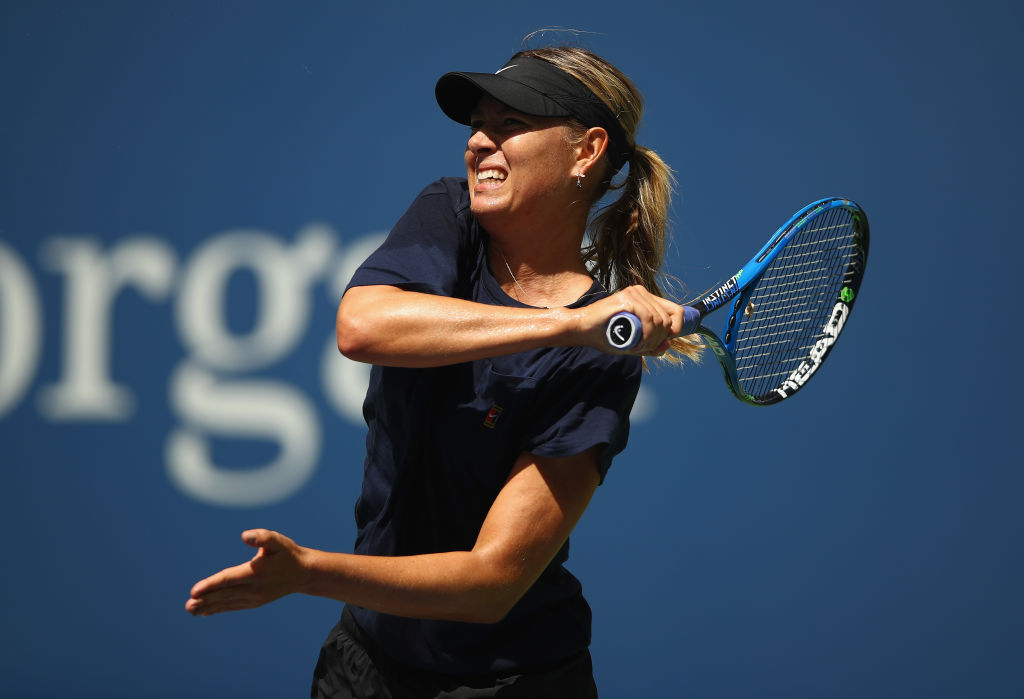Tennis elbow or medically termed as lateral epicondylitis is a medical condition which occurs when the tendons in the elbow region are stretched too often usually by repetitive use of wrists and arms. Although from the name one can think it is only a condition for athletes, but not the case. Anyone who requires their arms and wrists to be twisted too often develop this including carpenters, painters, plumbers, knitters and so on and so forth. The pain first hits near the outer edge of your elbow where the tendons attach from your forearm. The pain can also spread across your forearm and then to your wrists. There is no age where this is most likely to happen. It can happen at any age, but survey says at about 40 the chances are maximum. It is exactly like golfer’s elbow, where the tendons inside the elbows are affected.
Symptoms of Tennis Elbow
The basic symptoms of tennis elbow are pain and tenderness near the bony know located at the outer end of your elbow. This is the place where the tendons from your forearm attach to the elbow. Although the pain is originated near your elbow, but since it spreads across the forearm, all activities which require a participation of your hands are likely to cause immense pain. There is no specific injury associated with the start of this.
It will hurt you the most when you try to lift something or make a grip or even shaking hands with someone. It will also cause pain when you try to raise your hands up. When you reach out to a doctor, there will be a series of examination. You will be asked to do certain activities like flexing your arms so that he or she understands where exactly the pain is. If that is not enough you might have to examine it under an X-Ray machine or an MRI (Magnetic resonance imaging) or even a EMG (Electromyography) so as to get a proper diagnosis.
Treatment for tennis elbow
Nonsurgical treatment
Maximum patients have recovered from this condition without surgery. Rest is the first step for recovery. Less or absolutely no participation in sport related activities or any heavy work has to be maintained. This has to be carried for quite a few weeks. There are many Non-steroidal anti-inflammatory drugs available to reduce the pain or any mild swelling such as ibuprofen or aspirin.
Start slowly with little exercises like stretching your arms. But it is always advised not to start on your own. Rather go to your therapist and ask for certain exercises which will help like muscle simulation techniques for healing the tendons. You can use brace to support your forearm. Since your muscles will be resting now. When the pain becomes unbearable, doctors suggest usage of steroid injections. Steroids like cortisone are very effective. These stops inflammation as it is pushed directly into the damaged muscle.
Next non-surgical check is Extracorporeal shock wave therapy using pure wave massager. It sends sound waves in the tendons of the elbow. The technology behind it is the shock waves when reaches the tendon creates vibrations and with that the natural process to repair the tendons begin. This is still at an experimental level and not that popular. But many doctors take this as an alternative to other non-surgical approaches.
Also, when you start playing again, it is always advised to check the equipment to be used. Consider the requests. Whether is will reduce the tension in your arms or if it is too large or too small. The stiffer the request is, the more painful it is for your arm.
Surgical Treatment
After going through the required non-surgical treatment, it the symptoms still persist say after 6 to 12 months, it is likely that a surgery is a better choice. Mostly, the damaged muscle is removed and new muscles are attached back to the bone. Amongst the array of factors, the approach which you will be recommended depends on how your injury is, your body’s response to surgery and so on. Open surgery involves making a cut over the elbow. This treatment does not require the patient to stay or admit in the hospital. Also, Arthroscopic surgery is another alternative where the elbow will be repaired using small medical instruments with small cuts. Like open surgery this is also a small surgery where the patient need to be admitted. Post-surgery the patient’s arm is generally immobilized for a span of week. Then you are back to normal.
About Author:
NEIL WILSON is a professional physician and ‘ve 10 years of experience in the healthcare field and managed a home health care company for a few years and learned more, I enjoy share my experience & knowledge to inspire you on https://pickmyperfect.com/
Add The Sports Daily to your Google News Feed!







